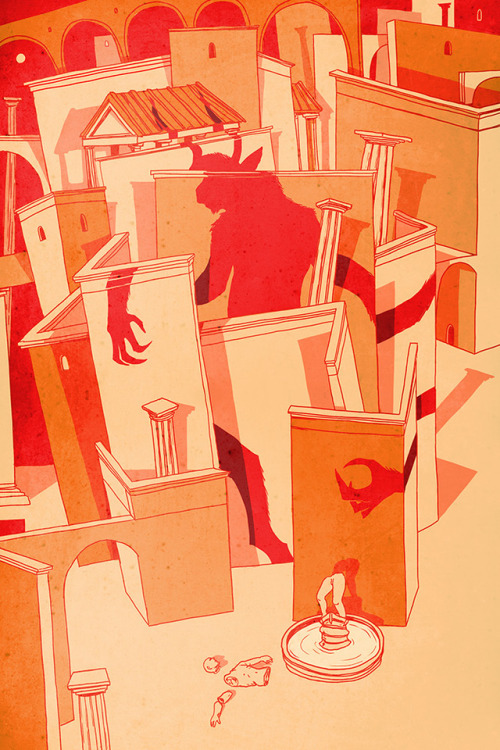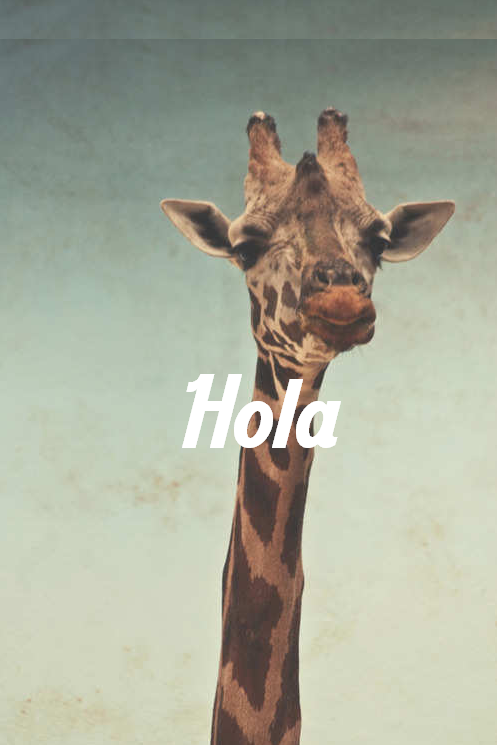Favorite - Blog Posts
Tarsem’s The Fall #2 - Immersion
In this series I’m exploring the reasons why Tarsem’s “The Fall” is my favorite movie.
Seeing a movie for the first time can be awfully important because as the viewer goes along with the story they build up their attitudes, which will hardly change later. Now this doesn’t apply in all cases, since many art films heavily rely on alienation, absurdity and obscurity, all these undermining the importance of the first time, as the case is often that the conception and solidification of attitudes and a deeper understanding of the experience come later. In fact we regularly process movies after the event, however this is usually more of an adjustment in the case of genre movies.
One feature that I find overarching The Fall is its generosity and it is present and foremost here, in the field of immersion, as well as in many other places. The Fall, being an independent film with an R rating, didn’t have very much to win by being as viewer-friendly as it ended up being. My argument is that this film is enjoyable and not at all puzzling at the first time viewing but it serves an artistic purpose and not popularity.
I found two interconnected parts of the film that helped it accomplish this feat.
#1: Placing us in Alexandria’s point of view. First off, a child seems a relatable protagonist, since everyone has been one. Her being in a hospital with a broken arm seems like nothing out of the ordinary; even if one has never had a broken bone, there’s nothing predominantly exotic about it.
#2: The narrative arc is gradual. To delay the exposure of the audience to the more powerful motifs of a film is a hard thing to do because it requires confidence in the script and performances and high payoff value expectation. As I mentioned in the previous paragraph, the story’s starting point is very familiar and seemingly simple. When we are shown the characters and their depths, the movie follows a classic formula: we start with more mundane details and progressively move toward the more dramatic. A juxtaposition: in today’s storytelling it’s more common to try to shock the viewer early on and thus induce an immediate and strong emotional response.
The Fall follows through with this approach of gradual expansion on every layer, e.g. Roy’s story starts out as an independent tale, which is very safe and light, then it becomes inseparable with their reality and concerns the darkest and hardest topics around the end. In this narrative mode the audience is granted safety from confusion, as there’s an obvious story on the top that is entertaining in itself. At the same time, however, the more profound layers of the film, through being concentrated in the later parts, can be encountered without the deception that sudden shocks and an ensuing emotional chaos would have caused. Thus I think the art in The Fall is exquisitely genuine and can be experienced as such, which is a very rare merit.
The Favourite?
The song I loved the most yesterday
On repeat, at the top of my playlist
Has now drifted away
It isn't that special
The memories it has, isn't my life now
The tears dried, that once fell due to its symphony
The ability it once had to put rhythm in every thought of mine,
Now, there is nothing to convey
From reality to memories
From the favourite one to one of them
It was a short journey,
I don't even remember how and when.
~ark

let's fly through the stars together

I drew Asian percabeth lol
Every time some racist loser complains about how my Percy and Annabeth “aren’t book accurate,” I will design a different version out of spite (and bc it’s fun 🥰)
So fuck it, Annabeth’s Indian and Percy is Korean




A comic about chronic pain and depression, in which I relate a lot to Gregor Samsa.

The Thing by Krzysztof Domaradzki / Behance / Facebook / Instagram
Part of Printed in Blood’s The Thing: Artbook.
The dudes from mythbusters are the ultimate unstoppable force vs immovable object,, every time they interact its just


How to Handle Having TOO MUCH To Do
So let’s say you’re in the same boat I am (this is a running theme, have you noticed?) and you’ve just got, like, SO MUCH STUFF that HAS to get done YESTERDAY or you will DIE (or fail/get fired/mope). Everything needs to be done yesterday, you’re sick, and for whatever reason you are focusing on the least important stuff first. What to do!
Take a deep breath, because this is a boot camp in prioritization.
Make a 3 by 4 grid. Make it pretty big. The line above your top row goes like this: Due YESTERDAY - due TOMORROW - due LATER. Along the side, write: Takes 5 min - Takes 30 min - Takes hours - Takes DAYS.
Divide ALL your tasks into one of these squares, based on how much work you still have to do. A thank you note for a present you received two weeks ago? That takes 5 minutes and was due YESTERDAY. Put it in that square. A five page paper that’s due tomorrow? That takes an hour/hours, place it appropriately. Tomorrow’s speech you just need to rehearse? Half an hour, due TOMORROW. Do the same for ALL of your tasks
Your priority goes like this:
5 minutes due YESTERDAY
5 minutes due TOMORROW
Half-hour due YESTERDAY
Half-hour due TOMORROW
Hours due YESTERDAY
Hours due TOMORROW
5 minutes due LATER
Half-hour due LATER
Hours due LATER
DAYS due YESTERDAY
DAYS due TOMORROW
DAYS due LATER
At this point you just go down the list in each section. If something feels especially urgent, for whatever reason - a certain professor is hounding you, you’re especially worried about that speech, whatever - you can bump that up to the top of the entire list. However, going through the list like this is what I find most efficient.
Some people do like to save the 5 minute tasks for kind of a break between longer-running tasks. If that’s what you want to try, go for it! You’re the one studying here.
So that’s how to prioritize. Now, how to actually do shit? That’s where the 20/10 method comes in. It’s simple: do stuff like a stuff-doing FIEND for 20 minutes, then take a ten minute break and do whatever you want. Repeat ad infinitum. It’s how I’ve gotten through my to do list, concussed and everything.
You’ve got this. Get a drink and start - we can do our stuff together!

Roman “hologram” ring from 1st century CE. Gold and rock crystal with a sculpted image of nobleman Carvilius Gemellus who died. young. The ring was discovered in 2000 from her mother’s tomb near Rome.
I have to say that is the most amazing Roman ring that I’ve ever seen.
I found this really cool list of women’s translations of ancient Greek and Roman texts! It lists English-language translations dating from the 17th century to 2015.






what level of brainrot am I on

literally lost my mind over #butt walkers thank you had to share with everyone @sarahmackattack ❤️ (& # dense daddy too)

Metasepia Pfefferi, aka the flamboyant cuttlefish! These little guys have a much smaller cuttlebone relative to their body size (compared to other cuttlefish species), and therefore cannot swim for very long. For this reason, they can often be found walking around on the sea floor using their lower arms.

slender as the willow-wand, clearer than clear water
small mucha study with goldberry
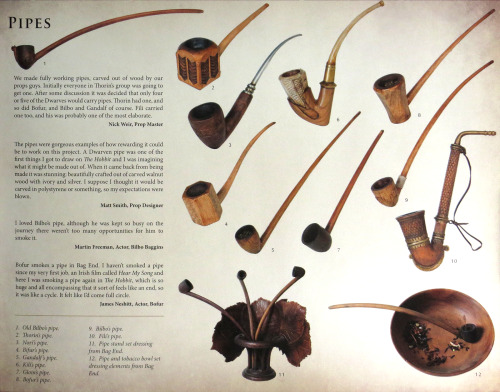


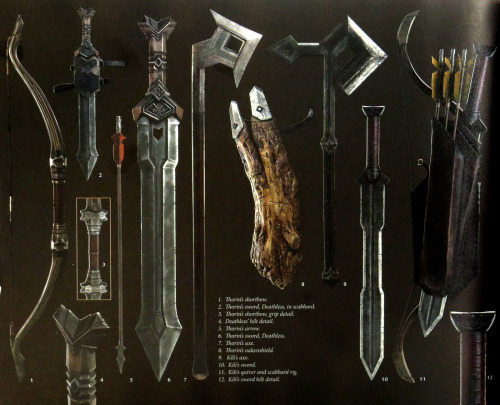
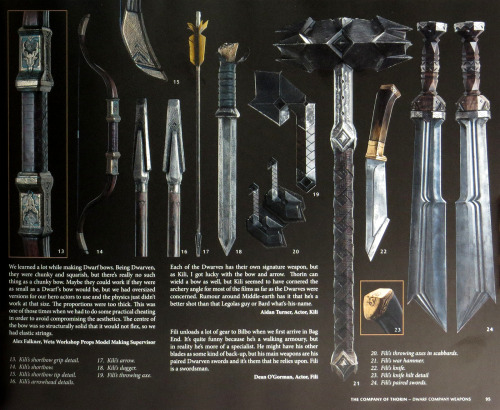
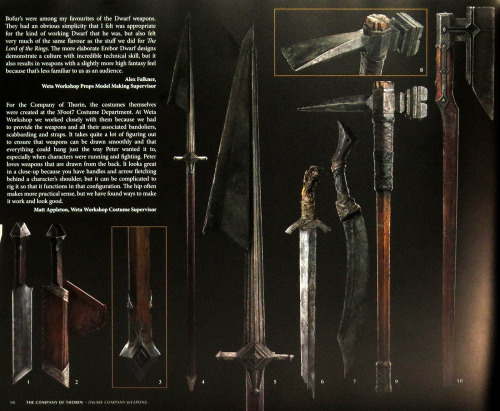

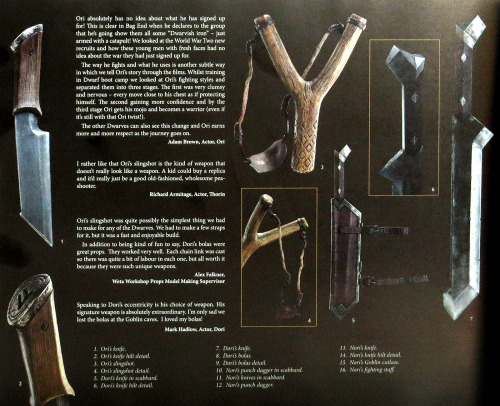

Matt Smith (Prop Designer):
“A Dwarven pipe was one of the first things I got to draw on The Hobbit and I was imagining what it might be made out of. When it came back from being made it was stunning: beautifully crafted out of carved walnut wood with ivory and silver. I suppose I thought it would be carved in polystyrene or something, so my expectations were blown.”
Alex Falkner (Weta Workshop Props Model Making Supervisor):
“Counting all the various doubles, we made something like 500 weapons for Thorin and his companions, far more than we made for all the hero characters of The Lord of the Rings a decade earlier…”
Emily-Jane Sturrock (Armour and Weapons Lead Stand-by):
"With Dwalin’s axes, for example, we had heavy versions for hitting with; mid-weight versions that gave an adequate sense of heft for an actor to hold in a scene, but which you wouldn’t want to carry for a long time; a flexible, lightweight pair to be worn on the back for stunt work; and a lightweight pair for the actor to wear on his back or run with in his hands. Graham McTavish could tell the difference between them instantly.”
Graham McTavish:
“I remember when we had our initial discussions with the Weta Workshop design team about dreaming up weapons for our characters to carry. It was marvellous in that abstract context and you found yourself thinking, ‘Oh, I want this gigantic thing that can crush people!’ Of course, a few weeks later when you’re shooting the eighth take of scene 88 the ideal weapon you want to be running with is a pen knife and you can’t help wondering, 'Who was the genius that suggested I carry a giant hammer?’”
Richard Armitage:
“Thorin had a royal Dwarf sword that represented his birth-right and past, the past in which he began the journey to re-claim Erebor. It was called Deathless in reference to Durin the Deathless, father of the line of Durin to which Thorin is heir.”
Aidan Turner:
“Thorin can wield a bow as well, but Kili seemed to have cornered the archery angle for most of the films as far as the Dwarves were concerned. Rumour around Middle-earth has it that he’s a better shot than that Legolas guy or Bard what’s-his-name.”
Dean O'Gorman:
“Fili unloads a lot of gear to Bilbo when we first arrive in Bag End. It’s quite funny because he’s a walking armoury, but in reality he’s more of a specialist. He might have his other blades as some kind of back-up, but his main weapons are his paired Dwarven swords and it’s them that he relies upon. Fili is a swordsman.”
Stephen Hunter:
“I got to learn that my character wasn’t about these high-tech weapons. Like all the boys in his family, Bombur is more of a scrapper and that shifted my understanding of the character. This Dwarf isn’t a trained fighter like perhaps Fili or Kili might be. He hasn’t had the kind of life experiences of someone like Nori and he hasn’t been to war like Thorin or Balin and Dwalin. He is a working guy. He has a ladle and a pot, which can be effective weapons when push comes to shove, but they’re tools. […] I think Bombur considers himself a bit of a weapon. He’s not fussy. He picks up a few things along the way.”
William Kircher:
“Even in our fight training I said to myself, I’m just going to go crazy and keep punching and stabing until someone pulls me off. That’s Bifur–when he gets into it he loses himself completely. He’s fearless and relentless.
Contrasting that, he’s also a craftsman of astonishing skill. He makes toys that are intricate and beautiful. I love that.”
Peter Hambleton:
“Gloin carries a set of axes that anyone who has watched The Lord of the Rings and paid attention will recognize as Gimli’s. It’s another of the many links between the trilogies that we have established and it makes perfect sense for the character, given how much family means to Gloin and to the Dwarves.”
John Callen:
“I forget where the idea came from originally, but the suggestion of a fighting stick seemed to be a good one to me. Putting a leather strap on it meant I could lean on it or rest it on the ground and hang on to the strap. It could be used for ligting, carrying or whacking. It turned out to be a wonderful weapon.”
Adam Brown:
“We looked at the World War Two new recruits and how these young men with fresh faces had no idea about the war they had just signed up for.”
Richard Armitage:
“I rather like that Ori’s slingshot is the kind of weapon that doesn't really look like a weapon. A kid could buy a replica and it’d really just be a good old-fashioned, wholesome pea-shooter.”
Mark Hadlow:
“Speaking to Dori’s eccentricity is his choice of weapon. His signature weapon is absolutely extraordinary. I’m only sad we lost the bolas at the Goblin caves. I loved my bolas!”
Jed Brophy:
“I’m not sure Nori even knows who his father is. His father was probably some travelling Dwarf who came through and stayed the night and left. I’m not sure what that says about Dwarf society. There aren’t as many women, so there aren’t as many opportunities!
I settled on the notion of a fighting staff. It was based on a Maori taiaha, a long wooden weapon with a pointed end and a flat, bludgeoning end. I imagined a weapon like this might actually be a tool that could be used by miners to dig out rock with one end and smash it with the other. If it worked on a rock it’d work just as well on an Orc’s skull.”
Next pages: Weight, Heat, Safety & Comfort; Barrel Escape Dwarf Costumes
Collective tag link: The Hobbit: The Desolation of Smaug Cloaks and Daggers
1600px versions: Dropbox repository (updated as I post more pages, might take a few days for new pages to show)
Notes: These photo excerpts are meant to be used by fans as references for the creation of The Hobbit fanwork (cosplay, art, fiction, nonfiction, etc.) Feel free to repost, use, and edit any of these photographs as you wish. Credit back to me is unnecessary.
If you found these useful, please consider reading through this post by Obscura and making a donation.
This wonderful book can be purchased at the following links: via RichardArmitageNet Charity Referral with Amazon [US | UK | DE] | via WETA.

Tried to imagine how id design a copy of The fellowship of the ring and this is how it turned out




from The Hobbit: An Unexpected Journey Chronicles: Art & Design
Hobbits
unmentioned credits: MS - Matt Smith, Prop Designer BB - Bob Buck, Additional Costume Designer
—-
It’s going to take me a while to get through Thorin and Company’s pages, so in the meantime I figured I’d put up the hobbits

















